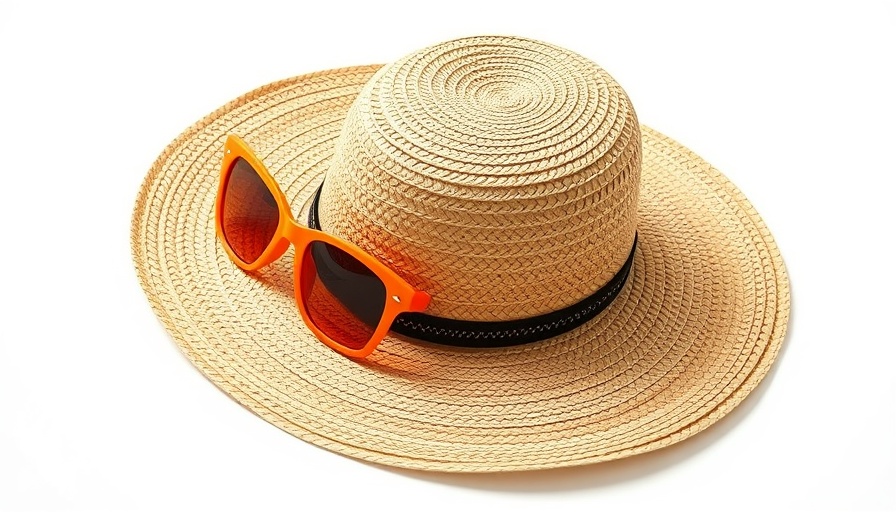
Understanding Summer Headaches: What’s the Connection?
If you find yourself battling persistent headaches as the temperature rises and the days get longer, you’re not alone. Many individuals, especially those prone to migraines, often report heightened pain during the summer months. But what's the reason behind this seasonal suffering?
Several studies point to external factors like heat, humidity, and increased sunlight as potential triggers for headaches. For example, research from North Carolina revealed that summer conditions were linked with more emergency department visits for migraine-related issues. In contrast, a study from Japan indicated humid conditions could correlate with increased headache reports, although heat alone did not appear to have the same effect.
The Science Behind the Symptoms
Researchers have long attempted to unravel the complex relationship between weather and headaches. Headaches are subjective and can vary widely among individuals, making it hard to pinpoint clear connections. Dr. Danielle Wilhour, a neurologist, notes that while the direct causes remain uncertain, the prevailing notion is that various weather conditions can trigger headaches, particularly for those already susceptible.
One fascinating aspect is that headaches might be a result of several factors combined, rather than just one. Changes in atmospheric pressure, for instance, can play a significant role. During the summer, the shifts in air pressure can induce those annoying headaches, making preventive strategies even more paramount.
Practical Steps: Preventing Summer Headaches
Even though we can't control the weather, there are several proactive steps people can take to manage or prevent summer headaches. Experts recommend keeping hydrated, as dehydration is a significant contributor to headaches. Additionally, wearing sunglasses can help shield your eyes from harsh sunlight, which can act as another headache trigger.
Another useful approach is to keep track of your headache patterns. Documenting your headaches in relation to weather changes can provide insight into what specifically triggers your pain. Many people find that preventative medications, frequently prescribed to migraine sufferers, can be more effective when combined with lifestyle modifications.
A Comparative Perspective: Migraines vs. Tension Headaches
Understanding the differences between types of headaches can also help in treatment approaches. Migraines often incorporate nausea, light sensitivity, and intense pain, while tension headaches, typically described as a tight band around the head, may relate more closely to stress rather than environmental factors.
Interestingly, insights from a 2011 study involving migraine patients in Austria indicated no significant connection between headaches and weather patterns. This variation in findings highlights the necessity of individualized approaches to headache management.
The Importance of Seeking Medical Advice
As seasonal headaches become a common complaint, it’s wise to check in with healthcare professionals if these headaches disrupt daily life. Seeking advice can provide tailored medications and strategies specifically suited to your individual needs, ensuring that your summer isn’t overshadowed by discomfort.
Future Outlook: Innovations in Headache Management
The field of health technology is continuously evolving, and emerging innovations are expected to offer new solutions for managing headaches. From smartphone apps that track headache triggers to advancements in AI that predict headache occurrences based on environmental factors, the future looks promising in finding effective ways to alleviate summer headache struggles.
In summary, summer might signal fun in the sun but can also bring about unwanted headaches for many. Understanding the contributing factors and active strategies to mitigate pain can ensure that your summer remains enjoyable. So, remember to stay hydrated, protect your eyes, and keep track of your headache patterns to beat the summer headache blues.
 Add Row
Add Row  Add
Add 




Write A Comment